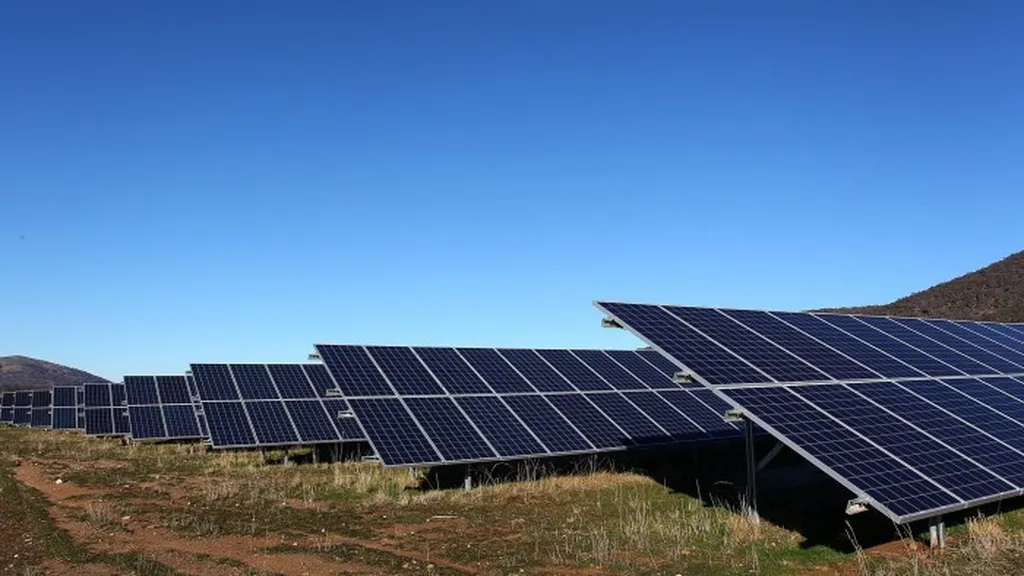In the heart of Iran’s bustling urban landscape, a quiet revolution is taking place. Yazdan Alvari, a researcher from the Faculty of Mechanical and Energy Engineering at Shahid Beheshti University, is redefining the future of sustainable urban agriculture. His work, recently published in the journal *Energy Nexus* (translated as “Energy Nexus”), presents a compelling case for building-integrated photovoltaic (BIPV)-driven smart vertical greenhouses, offering a holistic solution to the water-energy-food-environment nexus.
Alvari’s research addresses the pressing need for efficient, eco-friendly food production systems in urban areas. Traditional greenhouses, while productive, often guzzle energy and water, contributing to environmental burdens. “We saw an opportunity to integrate solar energy with vertical farming to create a more sustainable model,” Alvari explains. His team’s innovative approach combines vertical greenhouses with solar power, creating a closed-loop system that significantly reduces resource consumption.
The study evaluated three configurations: a conventional greenhouse, a smart greenhouse powered by grid electricity, and a smart greenhouse with an integrated solar energy system backed by the grid. The results were striking. The solar-powered system achieved an impressive 86% annual energy self-sufficiency, supplying 20,591 kWh of electricity with minimal grid support. This translates to a substantial reduction in carbon dioxide emissions—4,843 kg annually—and up to 90% water savings.
The economic implications are equally compelling. The system demonstrated a payback period of just three years and a 17% internal rate of return, making it an attractive investment for the energy sector. “This isn’t just about sustainability; it’s about economic viability,” Alvari notes. “We’ve shown that integrating solar energy with vertical farming can be both profitable and environmentally responsible.”
The research also validated a modified simulation model that accounts for real-world factors like dust accumulation and aging, achieving a performance ratio of 82.6%. This model provides a robust framework for future developments in the field, offering a practical tool for engineers and policymakers to design and implement similar systems.
Alvari’s work is a beacon of innovation in the realm of urban agriculture. By integrating solar energy with vertical farming, he has created a model that addresses multiple sustainability goals simultaneously. This research not only contributes to the energy sector but also paves the way for more efficient, eco-friendly food production systems in urban areas.
As cities around the world grapple with the challenges of sustainability, Alvari’s findings offer a promising path forward. His work is a testament to the power of interdisciplinary research and the potential for technology to drive positive change. With the publication of this study in *Energy Nexus*, the stage is set for a new era of sustainable urban agriculture, where energy, water, and food systems work in harmony to create a greener, more resilient future.

